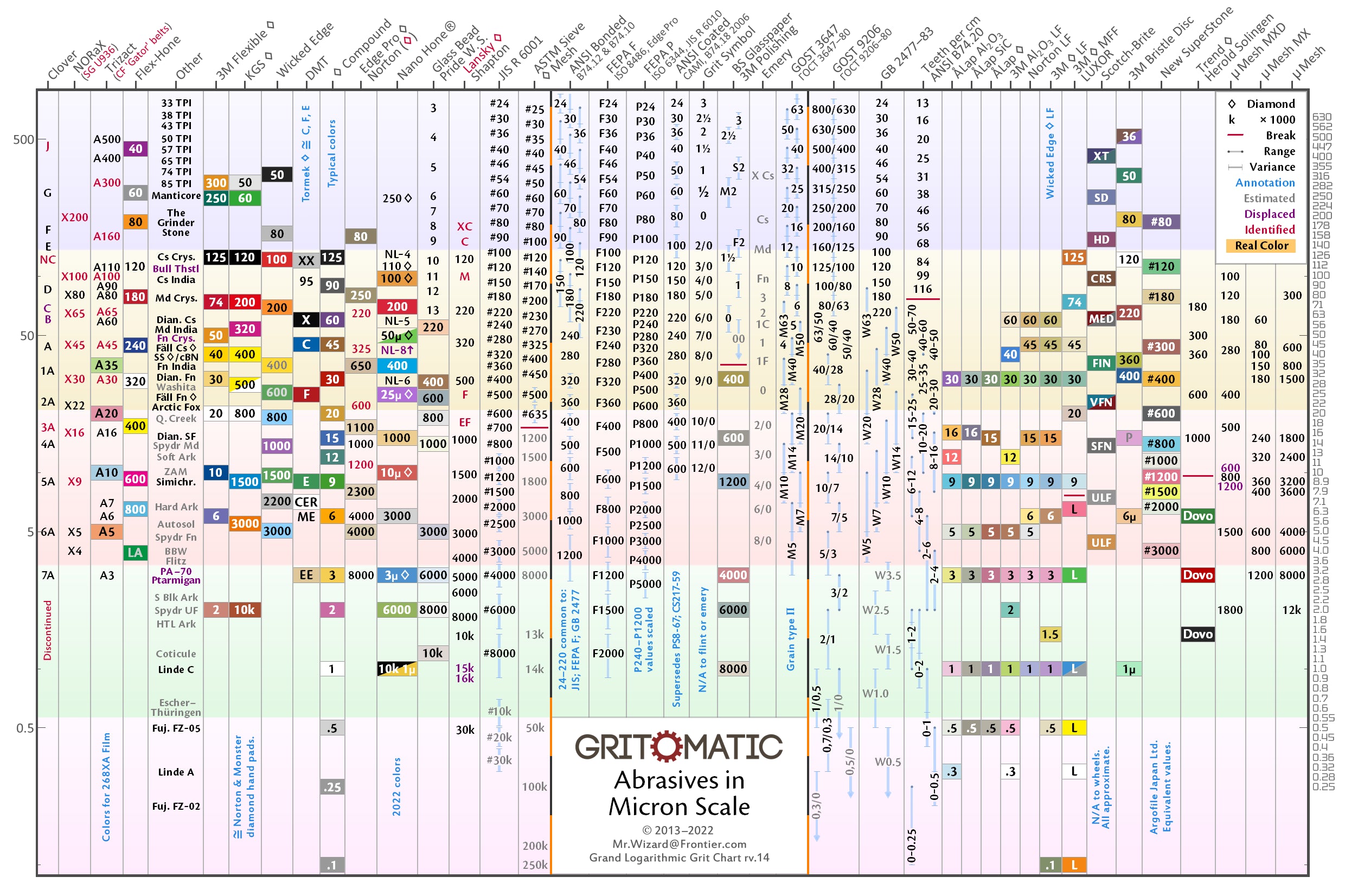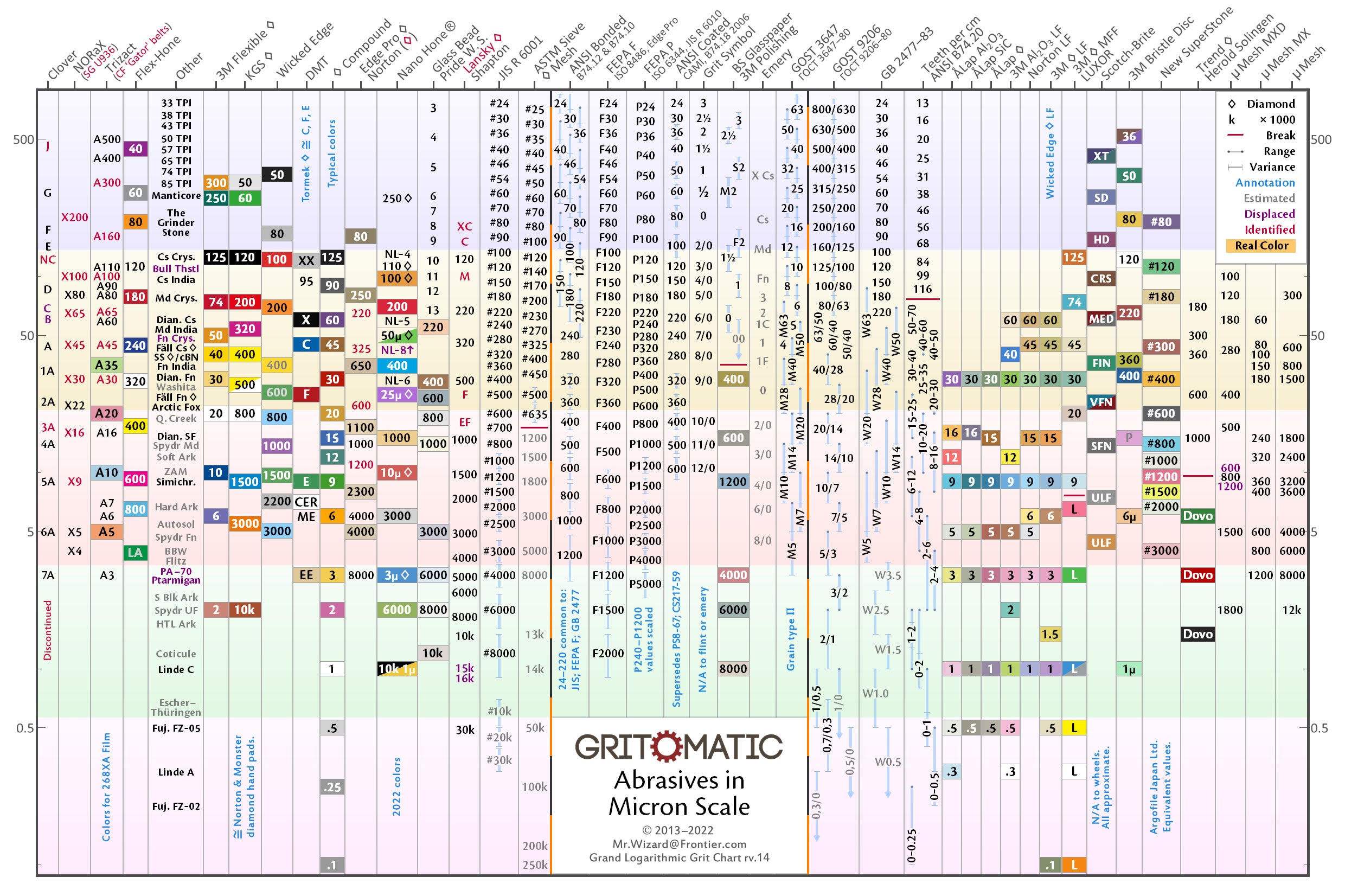![Hapstone Premium CBN Stone [6" x 1"]](http://www.gritomatic.com/cdn/shop/files/Hapstone_20Premium_20CBN_20lowres_201_f1e9933e-8af0-4505-9edc-45cc03468aba_490x.progressive.jpg?v=1739345328)
![Hapstone Premium CBN Stone [6" x 1"]](http://www.gritomatic.com/cdn/shop/files/Hapstone_20Premium_20CBN_20lowres_202_490x.progressive.jpg?v=1739345328)
![Hapstone Premium CBN Stone [6" x 1"]](http://www.gritomatic.com/cdn/shop/files/Hapstone_20Premium_20CBN_20lowres_201_f1e9933e-8af0-4505-9edc-45cc03468aba_70x.progressive.jpg?v=1739345328)
![Hapstone Premium CBN Stone [6" x 1"]](http://www.gritomatic.com/cdn/shop/files/Hapstone_20Premium_20CBN_20lowres_202_70x.progressive.jpg?v=1739345328)
![Hapstone Premium CBN Stone [6" x 1"]](http://www.gritomatic.com/cdn/shop/files/Hapstone_20Premium_20CBN_20lowres_201_f1e9933e-8af0-4505-9edc-45cc03468aba_490x.progressive.jpg?v=1739345328)
![Hapstone Premium CBN Stone [6" x 1"]](http://www.gritomatic.com/cdn/shop/files/Hapstone_20Premium_20CBN_20lowres_202_490x.progressive.jpg?v=1739345328)
Hapstone Premium CBN Stone 6" x 1"
- #3 Best Seller in 🧊6" Superabrasives
- #5 Best Seller in 💎6" Stones and Strops
SKU: HAP-CBNPREMIUM-50
AVAILABILITY: In stock (4 items)
Hurry! Only 4 Left in Stock!
Free Shipping
on orders over $50
Returns in 14 Days
following delivery date
US Customer Support
(470) 227-7960
Hapstone Premium CBN is a new series of CBN stones for sharpening knives using guided knife sharpeners (Hapstone, TSPROF, and other Edge Pro-compatible sharpening systems). Hapstone Premium CBN utilizes advanced hybrid metal-polymer binder - composite of traditional copper-tin alloy and polymer components. Hybrid binder inherits exceptional wear resistance and cutting performance of metallic binder.
CBN (Cubic Boron Nitride) is the second-hardest material after diamond. Hapstone Premium CBN consists of a 3mm thick CBN-bearing layer mounted on a premium black aluminum blank.
CBN's qualities include high levels of high hardness, strength, abrasion resistance, and thermal and chemical resistance. These characteristics exceed the values of synthetic diamonds and conventional abrasives such as silicon carbide and aluminum oxide. In particular, CBN's high thermal stability and chemical resistance make it suitable for sharpening in conditions where synthetic diamonds are not normally employed.
CBN offers excellent performance in sharpening knives of any steel. Due to its high resistance specs, CBN can be used dry without lubricant. This makes CBN the cleanest of the available sharpening stones.
| Grit | Micron | Purpose |
|---|---|---|
| 📈50 grit | 250μm-315μm | Optional |
| 📈80 grit | 160μm-200μm | Optional/Alternative |
| 📈120 grit | 100μm-125μm | 🔢Recommended as #1 |
| 📈150 grit | 80μm-100μm | Optional/Alternative |
| 📈240 grit | 40μm-50μm | Optional/Alternative |
| 📈400 grit | 28μm-40μm | 🔢Recommended as #2 |
| 📈600 grit | 20μm-28μm | Optional/Alternative |
| 📈1000 grit | 10μm-14μm | 🔢Recommended as #3 |
| 📈2000 grit | 5μm-7μm | Optional/Alternative |
| 📈4000 grit | 3μm-5μm | 🔢Recommended as #4 |
| 📈5000 grit | 2μm-3μm | Optional/Alternative |
| 📈8000 grit | 1μm-2μm | 🔢Recommended as #5 |
How to Use
Attention! Hapstone Premium CBN stones may seem bald out-of-the-box. This is by design.
Hapstone Premium CBN can be used without lubricants.
Premium CBN stones may become darker over time due to natural metal oxidizing. It does not affect the sharpening.
Premium CBN stones do not require any preparations.
Recent Questions


See full answer »

Since metallic CBN stone can be used on any type of steel and EP diamond matrix stones, and Boride CS-HD, cannot be used on softer steels, I would like to believe it might be a good choice of stones to add to my collection.
Any suggestions? See more »

Thanks! See more »


FYI, you can also refresh these stones by lapping - using coarse silicon carbide powder on a flat surface. See full answer »

A - Yes, they do are have differing thickness. That said, I highly recommend getting into the habit of always checking and adjusting your angle between stones, even if it's stones of the same brand and type. This will yield the best sharpening results.
Secondly, for consistency always check and adjust your angle on the same side of your knife blade, not opposing sides.
When it comes to stones, it is only metal plated stones that can be very close to the exact same thickness. With other bonds and stone types, you'll find every stone will eventually have differing thickness, even if they start off the same. Different grits wear down at different rates over time in the sharpening process, some are used more extensively and others less. Invariably your stones will all end up being many different thicknesses, this is why it's a good to get into the habit of checking and adjusting your angle every single time you swap stones.
Even if you know some of your stones are the same thickness, always check and adjust your angle if necessary when you swap stones. See full answer »
SKU: HAPSTONE-CASE-12
AVAILABILITY: In stock (188 items)
PRODUCT TYPE: Accessories and Tools
VENDOR: Hapstone
Protect your 6" sharpening stones effectively with this sturdy stone case crafted from robust EVA material. The case ensures dependable safeguarding for your stones, making storage and transportation a breeze. Superior EVA material guarantees the case's strength and durability, shielding...
SKU: HAP-DIAMPREMIUM-150
AVAILABILITY: In stock (2 items)
PRODUCT TYPE: 6" Mounted Sharpening Stone
VENDOR: Hapstone
Hapstone Premium Diamond is a new series of diamond stones for sharpening knives using guided knife sharpeners (Hapstone, TSPROF, and other Edge Pro-compatible sharpening systems). Hapstone Premium Diamond utilizes advanced hybrid metal-organic binder - composite of traditional copper-tin alloy and...
SKU: STOPPER
AVAILABILITY: In stock (72 items)
PRODUCT TYPE: Sharpener Accessories
VENDOR: Hapstone
Spring-Assisted Stopper Ring to limit the movement of the horizontal shaft in the pivot unit. The stopper is suitable for 6-mm guide rods and compatible with all Hapstone knife sharpeners, TSProf Blitz and Kadet.
SKU: SICPOWDER-HAP100G-F120
AVAILABILITY: In stock (104 items)
PRODUCT TYPE: Accessories and Tools
VENDOR: Hapstone
Silicon Carbide Powder is a perfect tool for flattening and lapping synthetic and natural stones. Choose one of 5 available grit: F 80, F 120, F 280, F 500 and F 1000. One bottle contains up to 100 gram of...




![Hapstone Premium Diamond Stone [6" x 1"]](http://www.gritomatic.com/cdn/shop/files/Hapstone_20Premium_20CBN_20lowres_201_600x.progressive.jpg?v=1739341541)
![Hapstone Spring-Assisted Stopper [6 mm]](http://www.gritomatic.com/cdn/shop/files/Hapstone_20Spring-Assisted_20Stopper_20Ring_201_600x.progressive.jpg?v=1739341874)



